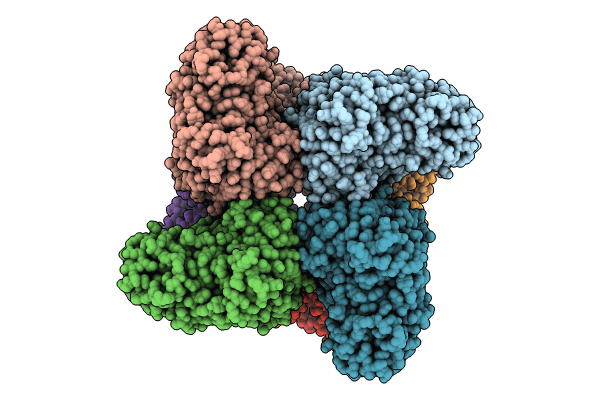
Deposition Date
2024-02-09
Release Date
2024-10-09
Last Version Date
2025-06-25
Entry Detail
PDB ID:
8YAG
Keywords:
Title:
Cryo-electron microscopic structure of an amide hydrolase from Pseudoxanthomonas wuyuanensis
Biological Source:
Source Organism:
Pseudoxanthomonas wuyuanensis (Taxon ID: 1073196)
Host Organism:
Method Details:
Experimental Method:
Resolution:
2.33 Å
Aggregation State:
PARTICLE
Reconstruction Method:
SINGLE PARTICLE


